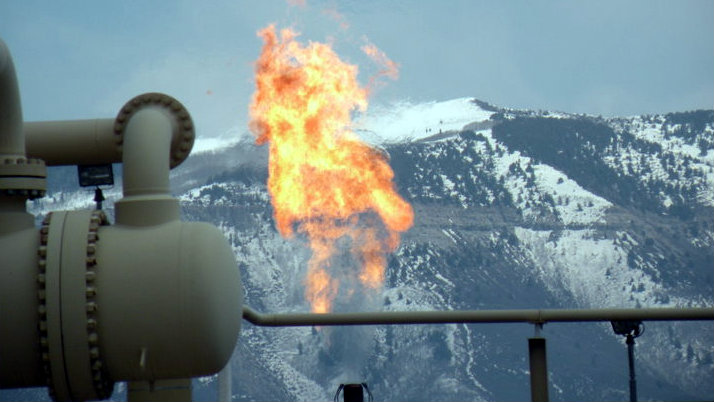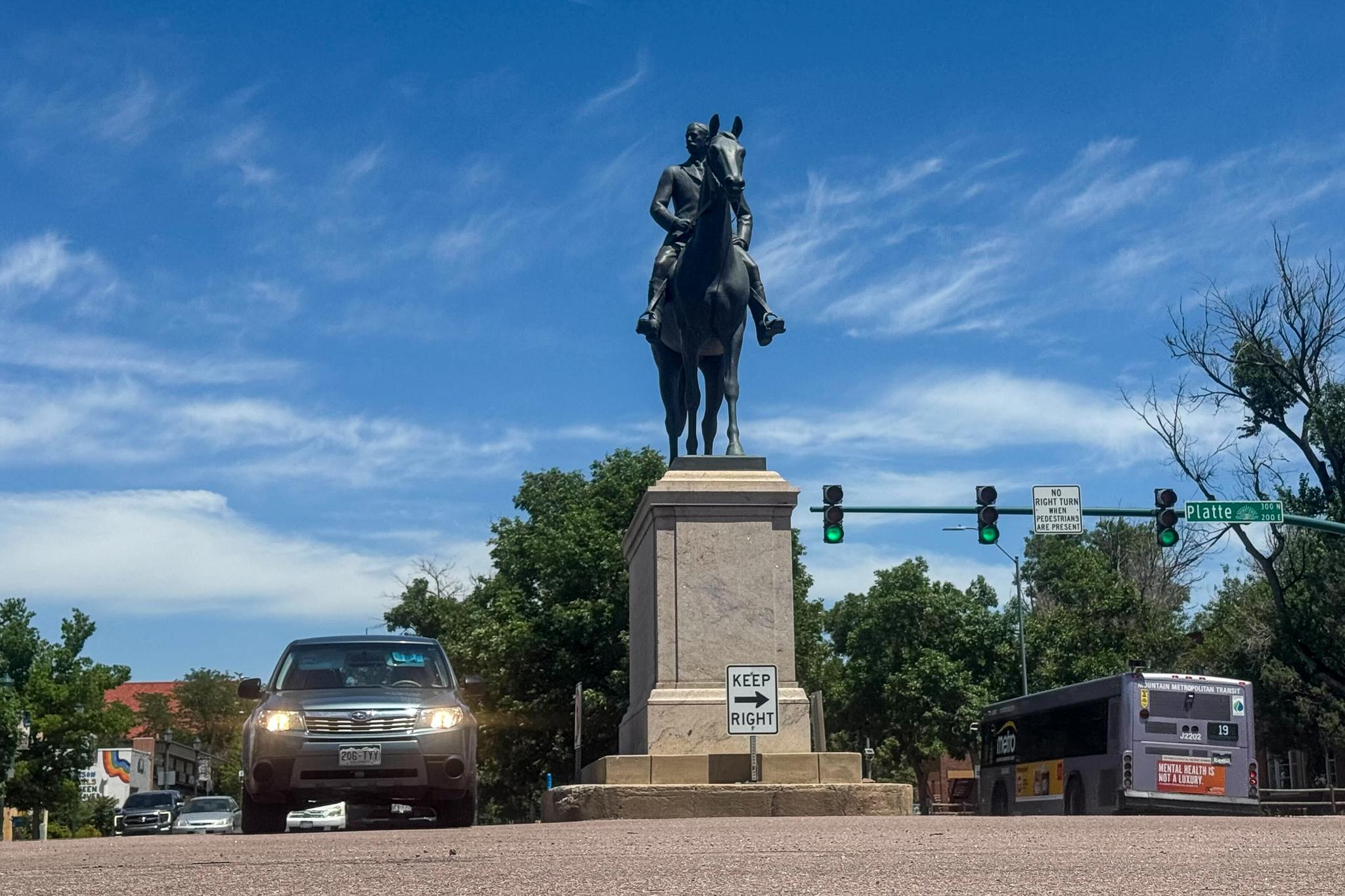
(Updated: April 9, 2014 at 12:01 a.m. MT) Energy companies are tapping huge amounts of oil and gas in Colorado, creating a boom in the state that is changing the landscape. As such, new machines and technologies are appearing in rural and urban areas across the state.
As an introduction to our series Fracking and Water: The Ripple Effect, we walk you through the oil and gas fields to learn the difference between a drilling rig, a fracking operation or a producing well.
Fracking and Water: The Ripple Effect will explore how fracking and water intersect as the industry uses billions of gallons of water per year.
A recent study by Ceres, a non-profit green investment firm, reports that the industry is going to double its water use to more than six billion gallons by 2015, a figure that’s twice as much water as the city of Boulder uses annually. The data used by Ceres researchers came from information supplied by the Colorado Oil and Gas Conservation Commission (COGCC).
With an all-time record of more than 60 million barrels of oil produced in 2013, a 28 percent increase from the year before, there are more than 50,000 wells in Colorado and nearly 30 new wells come online every week.
But while energy companies seize oil reserves, the state’s natural gas play has simmered.
Colorado produced nearly 1.6 trillion cubic feet of natural gas in 2013, down from 1.7 trillion cubic feet produced in 2012, according to preliminary figures reported by COGCC, the state agency that regulates the industry.
The series will continue throughout the year to report on the intersection of fracking and water and how it affects our Colorado's economy, the people who live in the state and its natural resources.
Fracking and Water: The Ripple Effect is an ongoing series and we’d like to hear from you: Send us your thoughts, comments or story ideas to [email protected] or visit our Facebook page for exclusive features.








